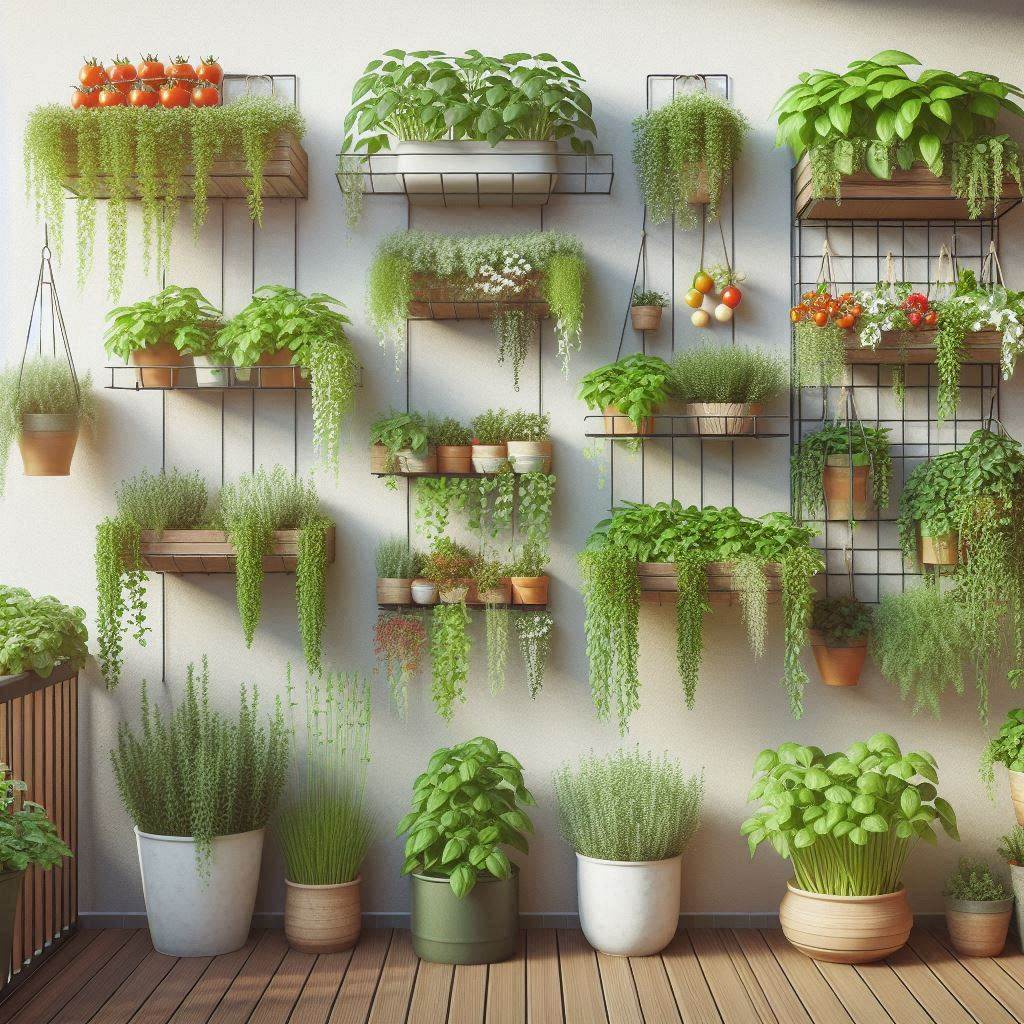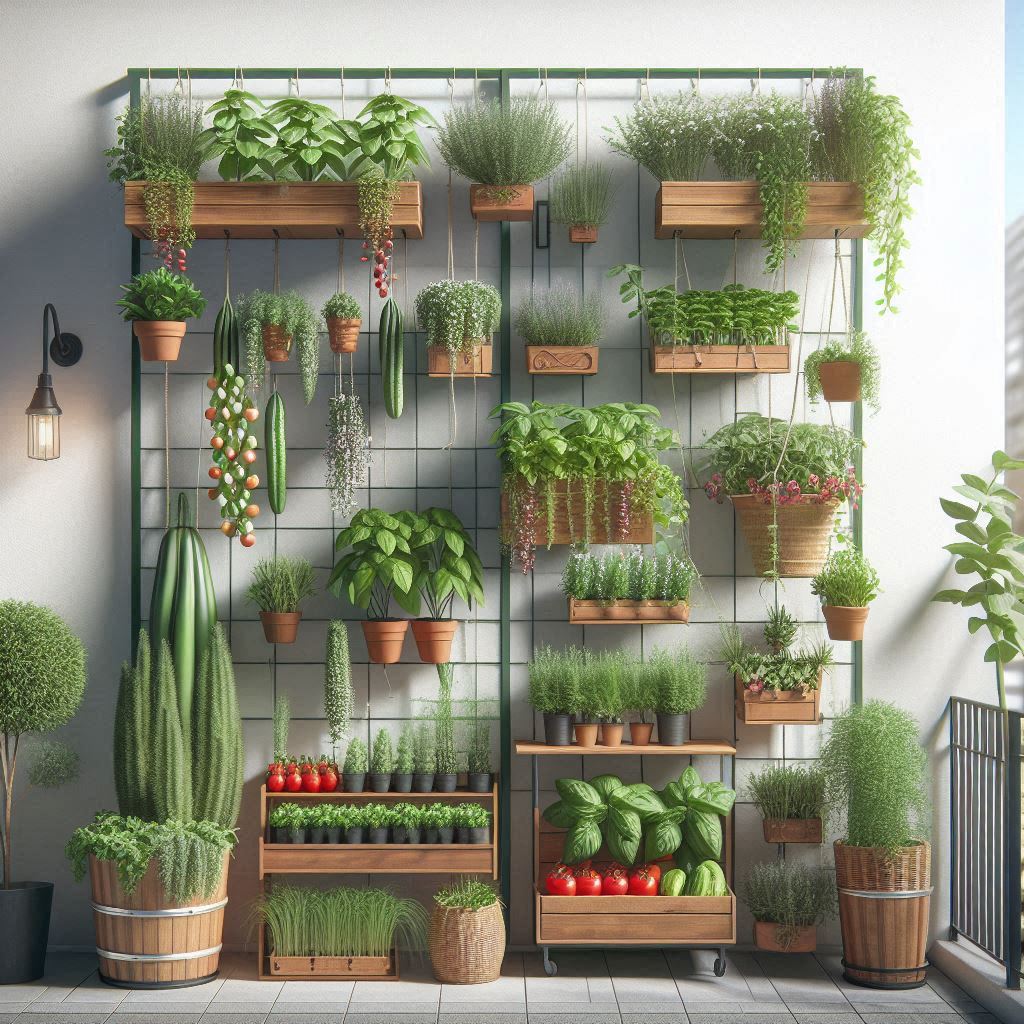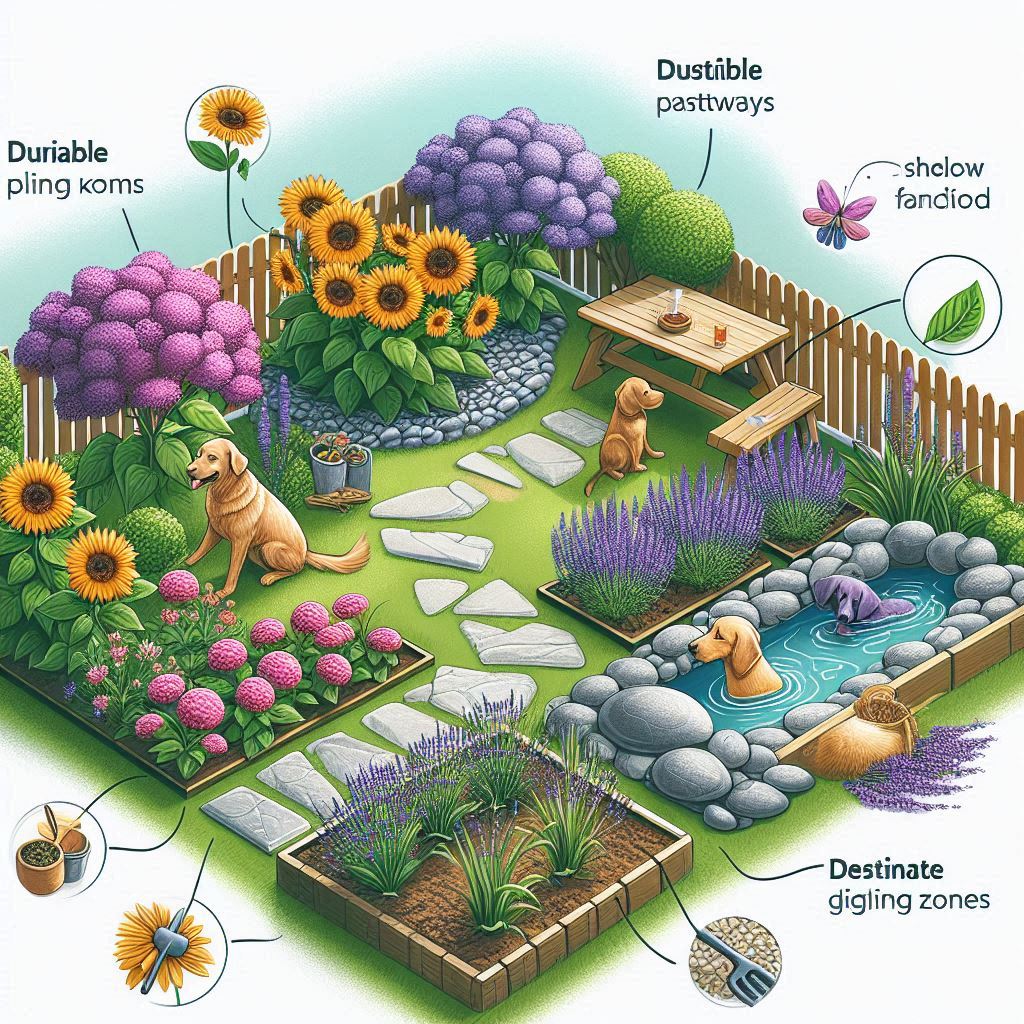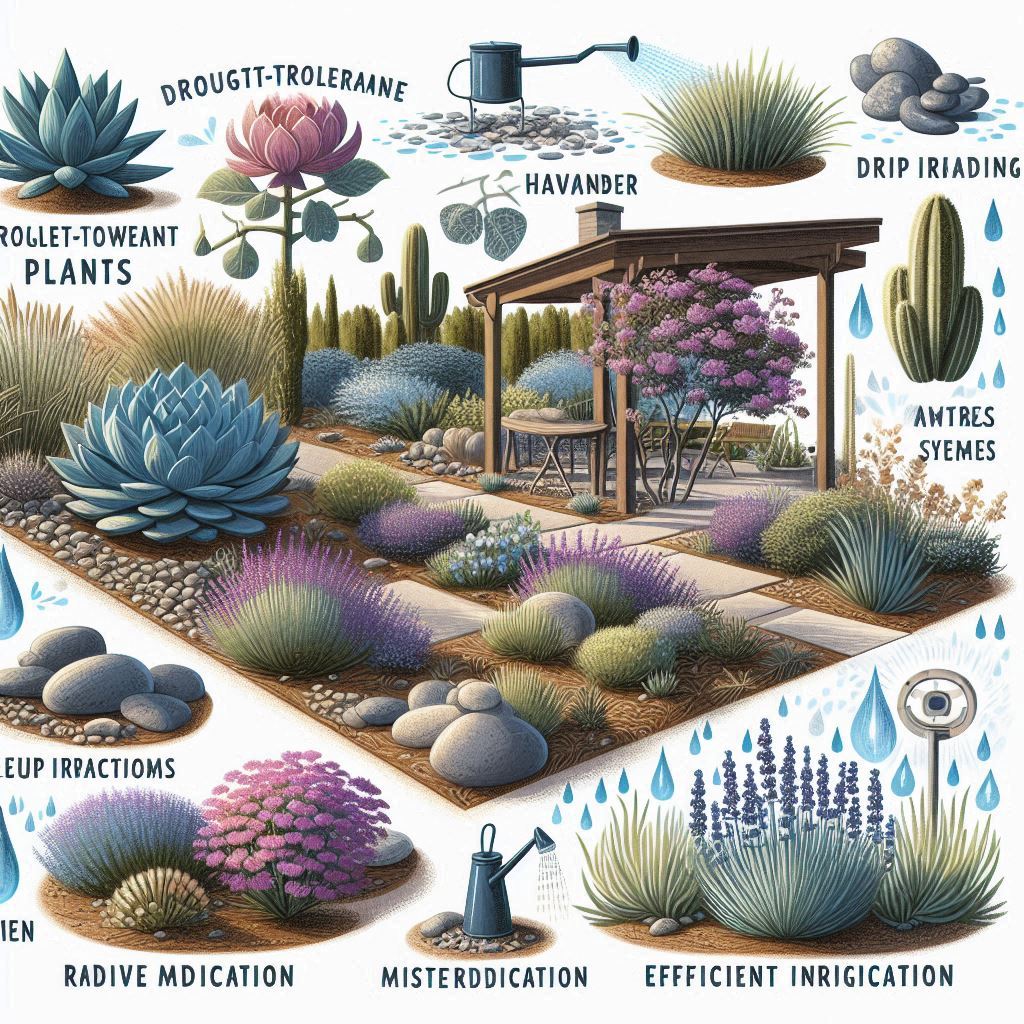As urban living becomes more popular and outdoor spaces shrink, vertical gardens have emerged as an innovative solution for growing vegetables and herbs in small spaces. Whether you have a tiny balcony, a small backyard, or even just a sunny wall, vertical gardening allows you to maximize your green space and enjoy fresh, home-grown produce. This article will guide you through the basics of vertical gardening, from selecting the right plants to designing your vertical garden and maintaining it throughout the growing season.
1. Why Choose Vertical Gardening?
Vertical gardening is an ideal solution for urban dwellers or anyone with limited garden space. By growing plants vertically, you can make the most of every inch of space, turning walls, fences, or even windowsills into lush, productive gardens.
- Space Efficiency: Vertical gardens use minimal ground space, making them perfect for balconies, patios, or small yards. They allow you to grow a variety of plants in a compact area.
- Ease of Maintenance: Vertical gardens are often easier to maintain than traditional gardens. Plants are more accessible for watering, pruning, and harvesting, and they’re less likely to be affected by pests and soil-borne diseases.
- Aesthetic Appeal: Vertical gardens can transform bare walls and fences into vibrant, living artwork. They add visual interest to your outdoor space and can even improve air quality.
2. Choosing the Right Plants for Vertical Gardening
Not all plants are suitable for vertical gardens, so it’s important to choose varieties that thrive in these conditions. When selecting plants, consider their growth habits, sunlight requirements, and the type of vertical garden you’re planning.
- Climbing Plants: Climbing plants like tomatoes, cucumbers, and beans are natural choices for vertical gardens. They grow upwards and can be trained to climb trellises, nets, or other supports.
- Compact Varieties: Choose compact or dwarf varieties of vegetables and herbs that don’t require much space to grow. For example, bush beans, cherry tomatoes, and compact pepper plants are ideal for vertical gardens.
- Herbs: Herbs like basil, thyme, mint, and parsley are well-suited for vertical gardening. They have shallow root systems and can thrive in containers, making them perfect for growing in pockets or on shelves.
- Leafy Greens: Leafy greens like lettuce, spinach, and kale are excellent choices for vertical gardens. They grow quickly, take up little space, and can be harvested continuously throughout the season.
3. Designing Your Vertical Garden: Creative Ideas for Small Spaces
There are many ways to design a vertical garden, depending on your available space, budget, and personal style. Here are some popular methods for creating a vertical garden:
- Wall-Mounted Planters: Wall-mounted planters or pockets are a simple and effective way to grow a variety of plants. You can purchase ready-made systems or create your own using recycled materials like wooden pallets or plastic bottles.
- Trellises and Ladders: Trellises, ladders, or obelisks can be used to support climbing plants. These structures are perfect for growing vegetables like beans, peas, and cucumbers.
- Hanging Gardens: Hanging baskets or pots can be suspended from ceilings, balconies, or walls, creating a cascade of greenery. This method is ideal for trailing plants like strawberries or herbs.
- Tiered Planters: Tiered planters or stacked containers allow you to grow multiple plants in a small footprint. These are particularly useful for growing a variety of herbs and leafy greens.
- Living Walls: Living walls, also known as green walls, are vertical structures covered with plants. They can be created using modular panels, hydroponic systems, or pockets, and they make a striking feature in any outdoor space.

4. Setting Up and Maintaining Your Vertical Garden
Once you’ve designed your vertical garden, it’s time to set it up and start planting. Here are some tips to help you get started and keep your garden thriving:
- Sunlight and Location: Most vegetables and herbs need at least 6-8 hours of sunlight per day. Choose a sunny spot for your vertical garden, such as a south-facing wall or balcony. If your space is shaded, select shade-tolerant plants like leafy greens and certain herbs.
- Soil and Fertilization: Use high-quality potting soil or a soil mix designed for container gardening. Since vertical gardens have limited soil volume, plants may require more frequent fertilization. Use a balanced, water-soluble fertilizer to keep your plants healthy.
- Watering: Vertical gardens can dry out more quickly than traditional gardens, especially if they’re exposed to wind. Water your plants regularly, and consider installing a drip irrigation system or self-watering planters to ensure consistent moisture.
- Support Structures: Ensure that climbing plants have adequate support to grow vertically. Use trellises, nets, or stakes to guide their growth and prevent them from toppling over.
- Pest Management: Monitor your vertical garden regularly for pests. Since vertical gardens are less susceptible to ground-dwelling pests, you may notice fewer issues, but be vigilant for aphids, spider mites, and other common garden pests.
5. Harvesting and Enjoying Your Vertical Garden
One of the most rewarding aspects of vertical gardening is harvesting your fresh, home-grown produce. With the right care and attention, your vertical garden can provide a continuous supply of vegetables and herbs throughout the growing season.
- Harvest Regularly: Regular harvesting encourages more growth and prevents plants from becoming overgrown. For leafy greens and herbs, harvest the outer leaves first, allowing the inner leaves to continue growing.
- Prune and Maintain: Keep your vertical garden healthy by regularly pruning dead or damaged leaves. This promotes better air circulation and reduces the risk of disease.
- Enjoy the Fruits of Your Labor: Whether you’re growing tomatoes, herbs, or leafy greens, savor the fresh flavors of your home-grown produce. Vertical gardens make it easy to enjoy fresh, organic vegetables and herbs right at your doorstep.
Conclusion
Vertical gardening offers a practical and beautiful solution for growing your own vegetables and herbs in small spaces. With careful planning, creative design, and proper maintenance, you can turn even the tiniest outdoor area into a productive garden. Whether you’re a seasoned gardener or a beginner, vertical gardening opens up new possibilities for enjoying fresh, home-grown produce, no matter how limited your space may be.



